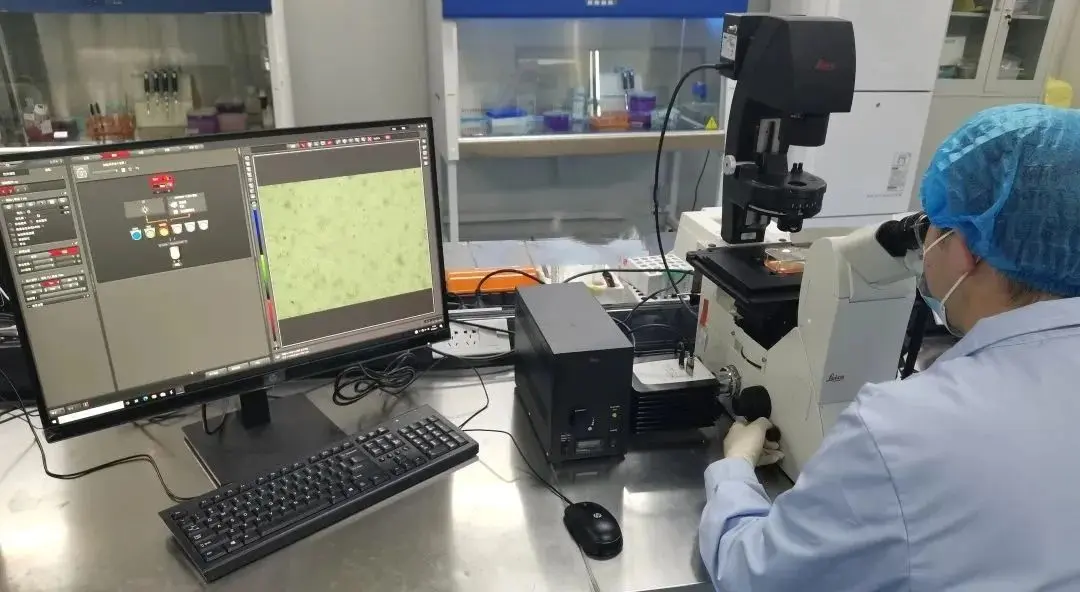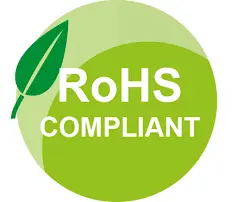
How to Know If My Product Needs Prop 65 Warning
In recent years, more and more Chinese export enterprises have been affixing "California Prop 65 Warning Labels" to their products. What legal risks lie behind this seemingly simple label? Why have even international giants like Starbucks and Coca-Cola been sued because of it? This article will conduct an in-depth analysis of this special regULation and provide practical compliance suggestions.

What is California Prop 65?
California Proposition 65 (Prop 65), officially named the Safe Drinking Water and Toxic Enforcement Act of 1986, is a cheMICal control regulation unique to California. It requires businesses to clearly disclose to consumers nearly 900 carcinogenic or reproductive toxic substances identified by the California government that may be present in their products.
Why is this label so important?
① High litigation risk: 758 settlement agreements were REACHed in 2021 alone, with a total compensation exceeding 30 million US dollars.
② Wide scope of application: Covers almost all consumer goods including food, electronic products, clothing, and building materials.
③ Active plaintiff attorneys: Professional "bounty hunters" obtain high percentages through lawsuits.
④ Significant international impact: Even if a business is not in California, it must comply if its products are sold in California.
List of Common Trigger Substances
① Lead and its compounds: Commonly found in ceramics, paints, and electronic products.
② Phthalates: Plasticizers in plastic products and cosmetics.
③ Cadmium: Batteries and electroplated products.
④ Acrylamide: Foods processed at high temperatures.
⑤ Formaldehyde: Building materials and textiles.
How to Determine If a Product Needs a Warning Label?
① Substance screening: Confirm if the product contains substances on the list.
② Exposure assessment: Calculate whether the consumer exposure level exceeds the safety threshold.
③ Alternative analysis: Evaluate the feasibility of using safer alternative substances.
④ Professional testing: Entrust qualified laboratories to conduct tests.
Compliance Operation Guidelines
1. Correct Use of Warning Labels
① Must include the warning symbol (yellow triangle with an exclamation mark).
② Text must clearly mention carcinogenic or reproductive hazards.
③ Provide a link to the California government's official website.
④ Be labeled in English.
2. Exemption Scenarios
① Exposure level is below the statutory safety threshold.
② The enterprise has fewer than 10 employees.
③ Certain government-regulated products (such as pharmaceuticals).
Clarification of Common Misconceptions
Misconception 1: "Affixing the label solves everything."
Fact: Improper use of warning labels may constitute misrepresentation.
Misconception 2: "No direct export to California means no impact."
Fact: Entering the California market through distributors still requires compliance.
Misconception 3: "Extremely low content can be ignoRED."
Fact: California adopts the strictest standards, and even trace amounts may trigger requirements.
Faced with California Prop 65, enterprises should adopt a proactive compliance strategy rather than passively responding to lawsuits. It is recommended to establish an inter-departmental compliance team, integrate product safety assessment into the R&D and design process, and closely monitor regulatory updates.
Email:hello@jjrlab.com
Write your message here and send it to us
 How to Know If My Product Needs Prop 65 Warning
How to Know If My Product Needs Prop 65 Warning
 SVHC Compliance Services
SVHC Compliance Services
 Toxicological Risk Assessments
Toxicological Risk Assessments
 European REACH Requirements for a New Product
European REACH Requirements for a New Product
 CPSIA Compliance for Toys
CPSIA Compliance for Toys
 What Are CE and WEEE Marks
What Are CE and WEEE Marks
 What Are WEEE Regulations
What Are WEEE Regulations
 California Proposition 65 Testing
California Proposition 65 Testing
Leave us a message
24-hour online customer service at any time to respond, so that you worry!




